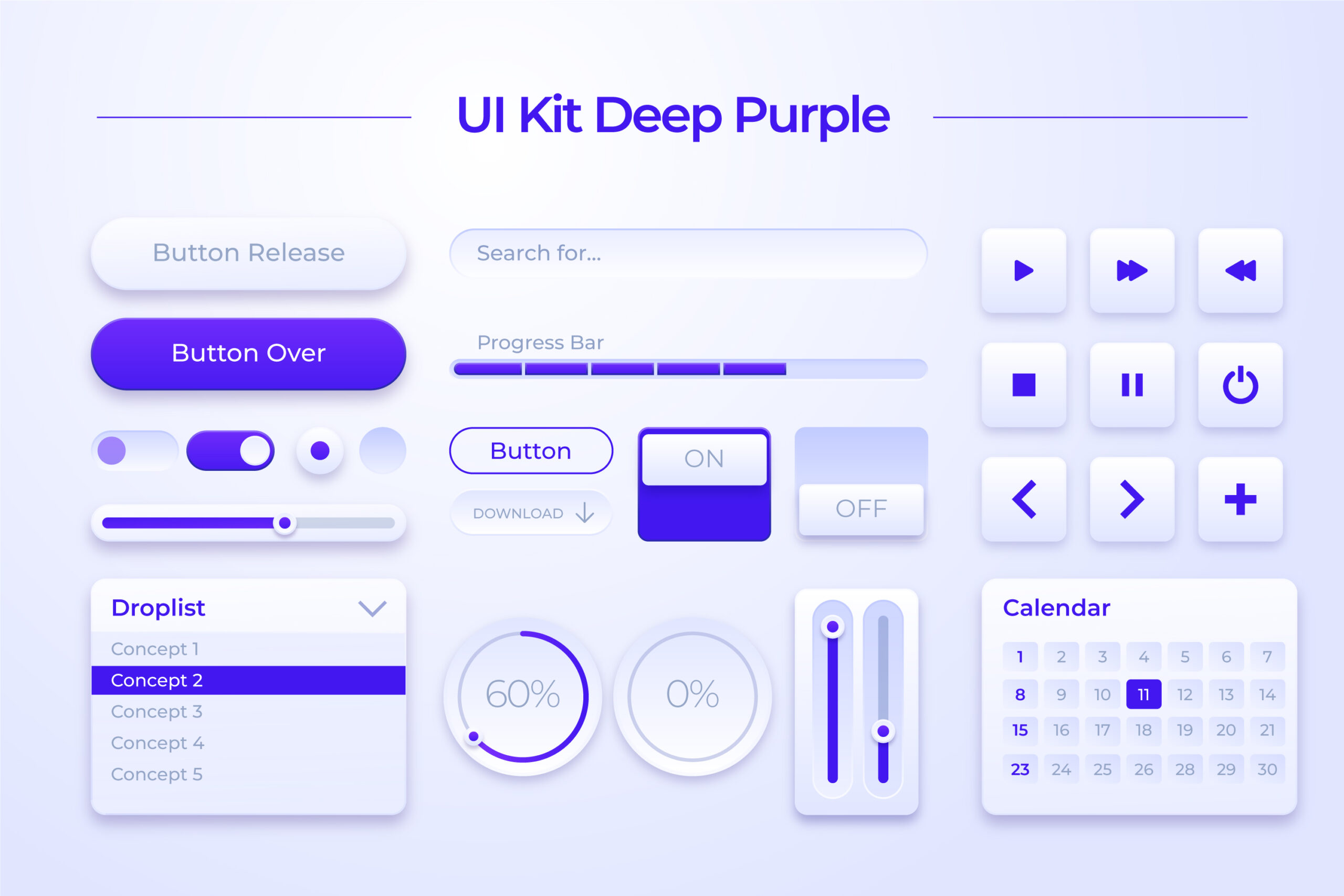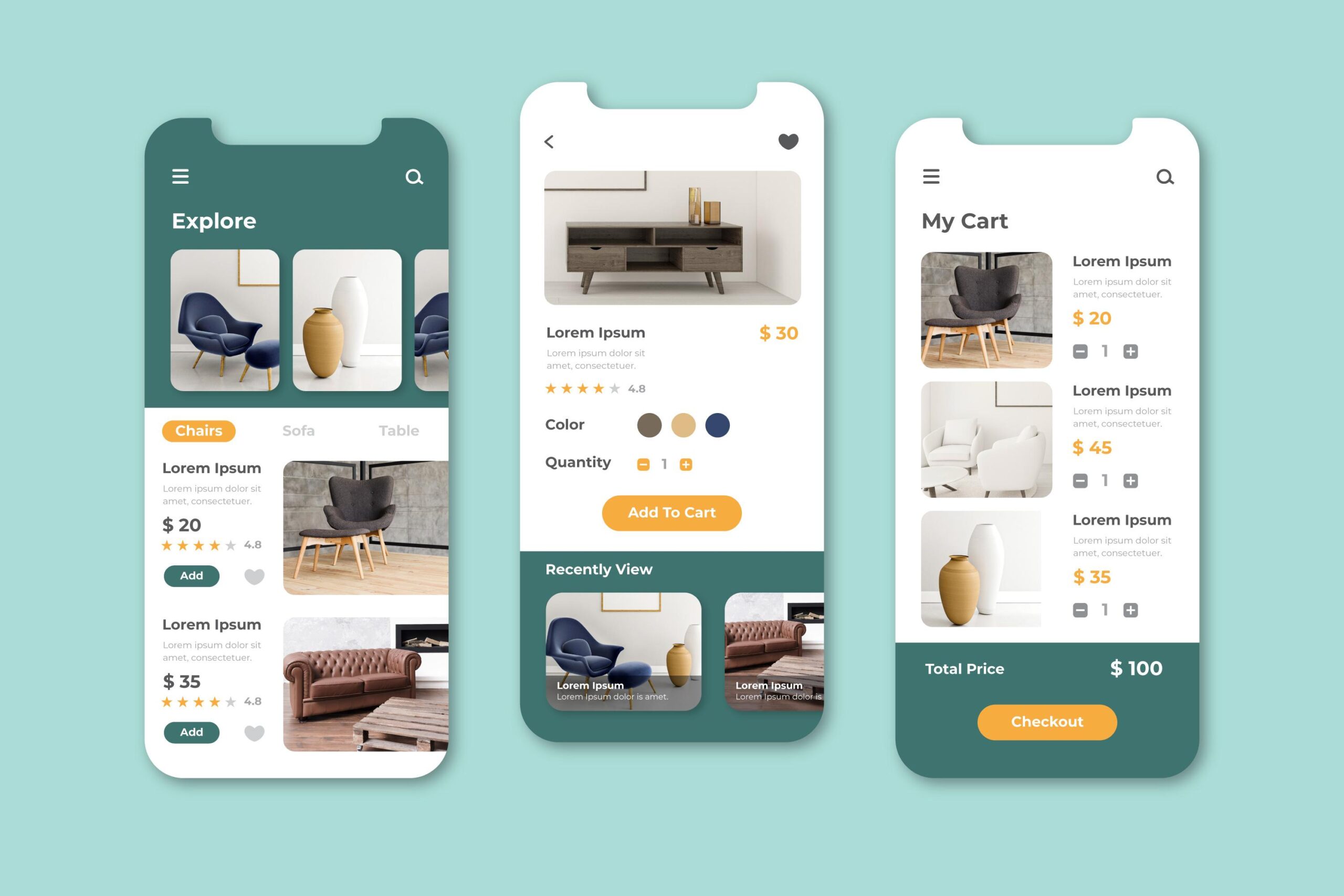
By Manick Mallick | Edited By Hazbyte | Published on 20th Feb 2024
- User personas, or UX personas, play a pivotal role in understanding diverse user interactions with a product or service.
- They encapsulate demographics, behaviors, motivations, and goals to guide designers in making informed decisions.
- User personas prevent design bias and expedite the overall design process when implemented early.
Table of Contents
- What Are User Personas?
- What’s Included In a User Persona?
- User Personas vs. Buyer Personas
- Different Types of User Personas
- Putting User Personas into Action
What Are User Personas?
- Definition and Purpose:
- User personas represent different types of users and their potential interactions with a product or service.
- They include information like demographics, behavior patterns, motivations, and goals.
- Design Decision Framework:
- User personas help designers understand the needs and expectations of their ideal customers.
- Creating personas ensures design decisions align with the needs of target users.
- Preventing Design Bias:
- Early creation of user personas helps prevent design bias by providing a structured framework for decisions.
- Invaluable Tool:
- Well-crafted user personas serve as invaluable tools for designing successful products, creating value propositions, and marketing to specific user groups.
What’s Included In a User Persona?
- Key Components:
- Persona’s name, avatar, and demographic information.
- Job title, marital status, and relevant occupation details.
- Behavior patterns, including how the persona uses the product, goals, and motivations.
- A quote summarizing the persona’s needs or feelings.
- Template Creation:
- Creating a template with all necessary information for multiple personas.
- Labeling personas with distinctive names and avatars for clarity.
User Personas vs. Buyer Personas
- Defining the Distinction:
- User personas represent a group of users with similar characteristics.
- Buyer personas focus specifically on those most likely to make a purchase.
- Focus and Information:
- Buyer personas are more focused on demographics, while user personas encompass a broader range of information.
- Relationship:
- All buyer personas are user personas, but not all user personas are buyer personas.
Different Types of User Personas
- Lightweight (Proto) Personas:
- Best for early-stage design with limited data available.
- Developed based on existing understanding or best predictions of users.
- Useful for defining assumptions about the target audience in lean UX methodologies.
- Qualitative Personas:
- Developed through exploratory research, such as user interviews and role-based studies.
- Segment findings by common characteristics for reliable quantitative data.
- Detailed, nuanced, and based on real data, providing empathy with the target audience.
- Statistical (Mixed-Method) Personas:
- Developed based on both quantitative and qualitative research.
- Reserved for larger organizations with established user research functions.
- Include behavior and attitudinal data to create predictive models of user interactions.
Putting User Personas into Action
- Mastering User Personas: A Step-by-Step Guide for Designers:
- Break down the process of creating user personas with practical steps and tips for designers.
- Include examples and templates for readers to use in their projects.
- The Visual Impact: Crafting Engaging Avatars for User Personas:
- Explore the importance of avatars in user personas and provide insights on creating compelling visual representations for different user types.
- Demystifying User Persona Templates: A Comprehensive Overview:
- Analyze the elements included in user persona templates and offer guidance on customizing them for specific projects and industries.
- User Personas in Action: Real-life Examples of Design Success Stories:
- Showcase case studies illustrating the positive impact of user personas on the design process and end product.
- Proto Personas Unveiled: Pros, Cons, and Best Practices:
- Delve into the concept of proto personas, discussing their advantages, disadvantages, and when they are most suitable in the design process.
- Going Beyond Demographics: Understanding Behavior Patterns in User Personas:
- Highlight the significance of including behavior patterns in user personas and provide insights on how this information can shape design decisions.
- Buyer Personas vs. User Personas: Navigating the Nuances:
- Clarify the differences between buyer personas and user personas, explaining when each is most applicable and how they complement each other in the design process.
- The Power of Qualitative Personas: Elevating User-Centric Design:
- Dive into the benefits of conducting qualitative research for user personas, discussing how it adds depth and authenticity to the design process.
- Crunching Numbers: Creating Statistical Personas for In-Depth Insights:
- Explore the world of statistical personas, detailing the process of combining quantitative and qualitative data for a comprehensive understanding of user behavior.
- User Personas on a Budget: Practical Tips for Small Design Teams:
- Provide practical advice and cost-effective strategies for smaller design teams to create effective user personas, even with limited resources.
Conclusion
- Understanding and leveraging the nuances of user personas empower designers to create more empathetic, user-centric, and successful products.
- A strategic approach to user personas ensures a holistic understanding of users, driving design decisions that resonate with target audiences.

Opting for Hazbyte for authentic AI tools information and reviews is a wise choice for several compelling reasons. Hazbyte stands out as a reliable source, committed to providing unbiased and accurate insights into the ever-expanding landscape of AI tools. The platform employs thorough research methodologies, ensuring that the information presented is up-to-date and reflective of the latest advancements in the field. The reviews on Hazbyte are characterized by their depth and comprehensiveness, offering valuable perspectives on the functionality, usability, and real-world applications of AI tools. The platform’s commitment to transparency and objectivity instills confidence in readers, making it a trustworthy guide for individuals seeking genuine evaluations before making informed decisions. Hazbyte’s dedication to delivering credible and unbiased content establishes it as a go-to resource for those navigating the complex and rapidly evolving realm of AI tools.






